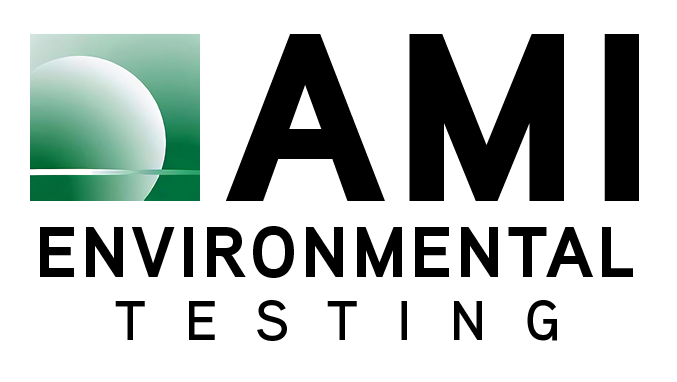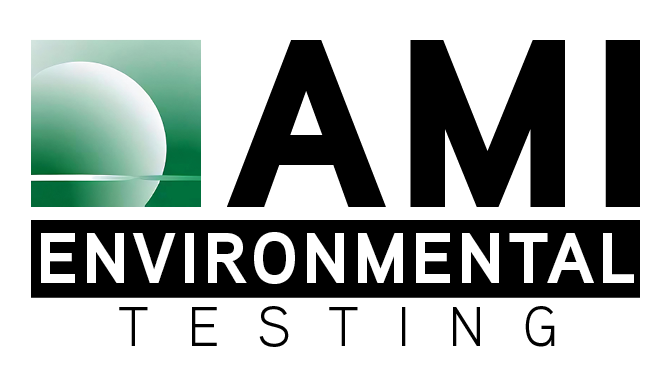In healthcare, where infection prevention is a top priority, discerning between indoor environmental quality (IEQ) and indoor air quality (IAQ) is crucial for creating proactive defenses against illness and infection. While IAQ primarily deals with airborne pollutants, IEQ encompasses a broader range of factors essential for infection control.
Indoor air quality (IAQ) management in healthcare facilities is pivotal in controlling the spread of infections. Controlling airborne contaminants like volatile organic compounds (VOCs) and ensuring efficient ventilation are vital in safeguarding patient health and preventing healthcare-acquired infections.
However, IEQ extends beyond air purity to encompass elements such as lighting, noise levels, and spatial layout, all of which play significant roles in infection prevention. For example, optimizing natural light exposure not only enhances patient mood but also supports the body’s immune response, contributing to faster recovery and reduced infection rates.
In the healthcare sector, where preventing infections is paramount, addressing both IAQ and IEQ is essential. By developing environments that prioritize preventive and predictive measures and proactively fight against infection, healthcare facilities can proactively combat the spread of illness, ensuring the safety and well-being of patients and staff alike.



